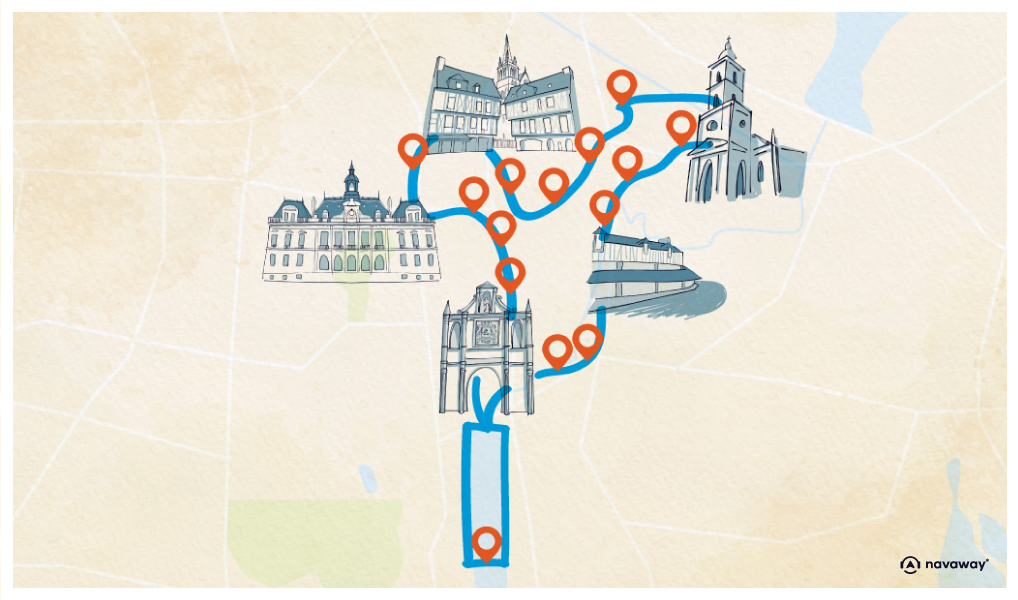
Porte Saint-Vincent
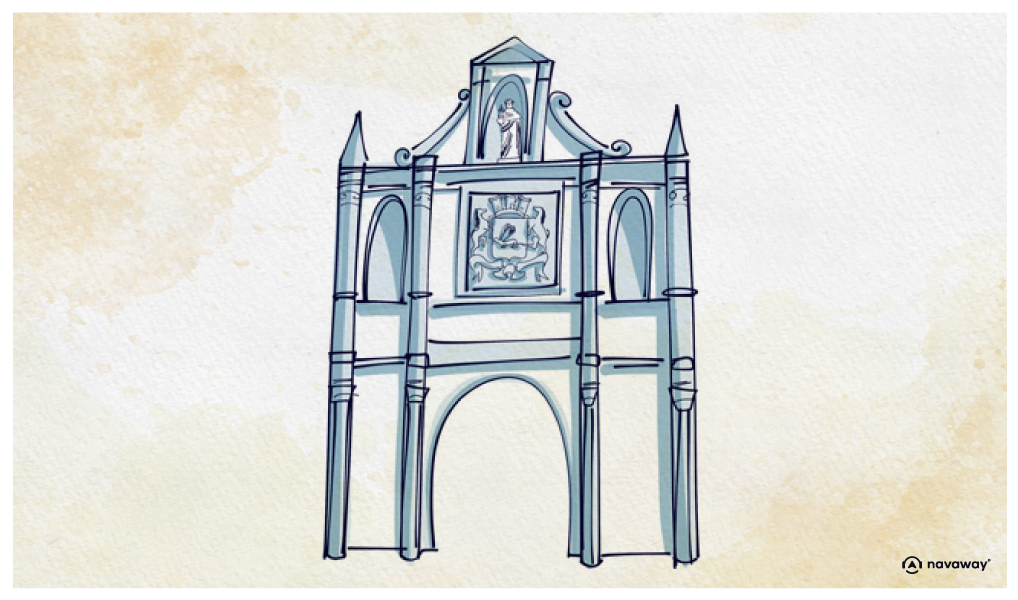
This point of interest is available as audio on the tour: Visit Vannes, The city of the Veneti
Welcome to Gambetta Square. Behind you is the Marle Port and in front of you is a beautiful semicircle of eighteenth-century buildings framing the Saint-Vincent Gate.
This gateway, which was rebuilt at the same time as the surrounding buildings, was initially carved out of the ramparts in the early 17th century. The statue of the town’s patron saint can be seen blessing the entrance, and beneath the niche is the coat of arms of Vannes. Look closer and you’ll recognise the ermine, the symbol of Brittany, surmounted by a crown made up of three towers representing the fortified town.
The ermine is accompanied by two greyhounds, given to the town by François 1st during his visit in 1532. The question is: why is the ermine so intimately associated with Brittany, and with its motto: rather die than be defiled! Well, there are several legends, but the best-known tells how, during a hunting party organised by Anne of Brittany, an ermine was trapped by dogs. Instead of crossing a muddy pond and running away, the animal let the dogs catch it, as if it had chosen to die rather than to get dirty.
Moved by this bravery, the duchess spared the animal’s life, and saw this act as a fitting saying for her duchy. Speaking of history, let me tell you a little about the etymology of Vannes. The Romans named the city ‘Darioritum’, which, let’s be honest, really has nothing to do with Vannes. T
he name was derived from the word ford, meaning a passage in the river that could be crossed on foot, and which stood where the present-day prison gate is found. However, at the end of the Roman Empire, it became common practice to name towns after their inhabitants. So, like the ancient Roman city of Lutetia, which took the name of the Parisi people who lived there, Darioritum became the city of the Venitis, which later became Vannes.
Here’s a quick lesson in the regional language: Vannes is called Gwened in Breton!

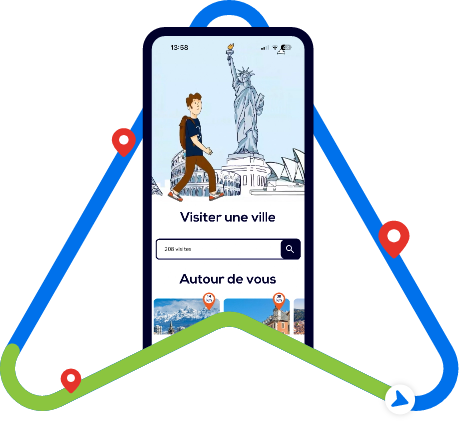
Discover Vannes with app
An interactive guide through the most beautiful streets, squares, and districts
18 fun audioguides full of historical facts, anecdotes, and legends
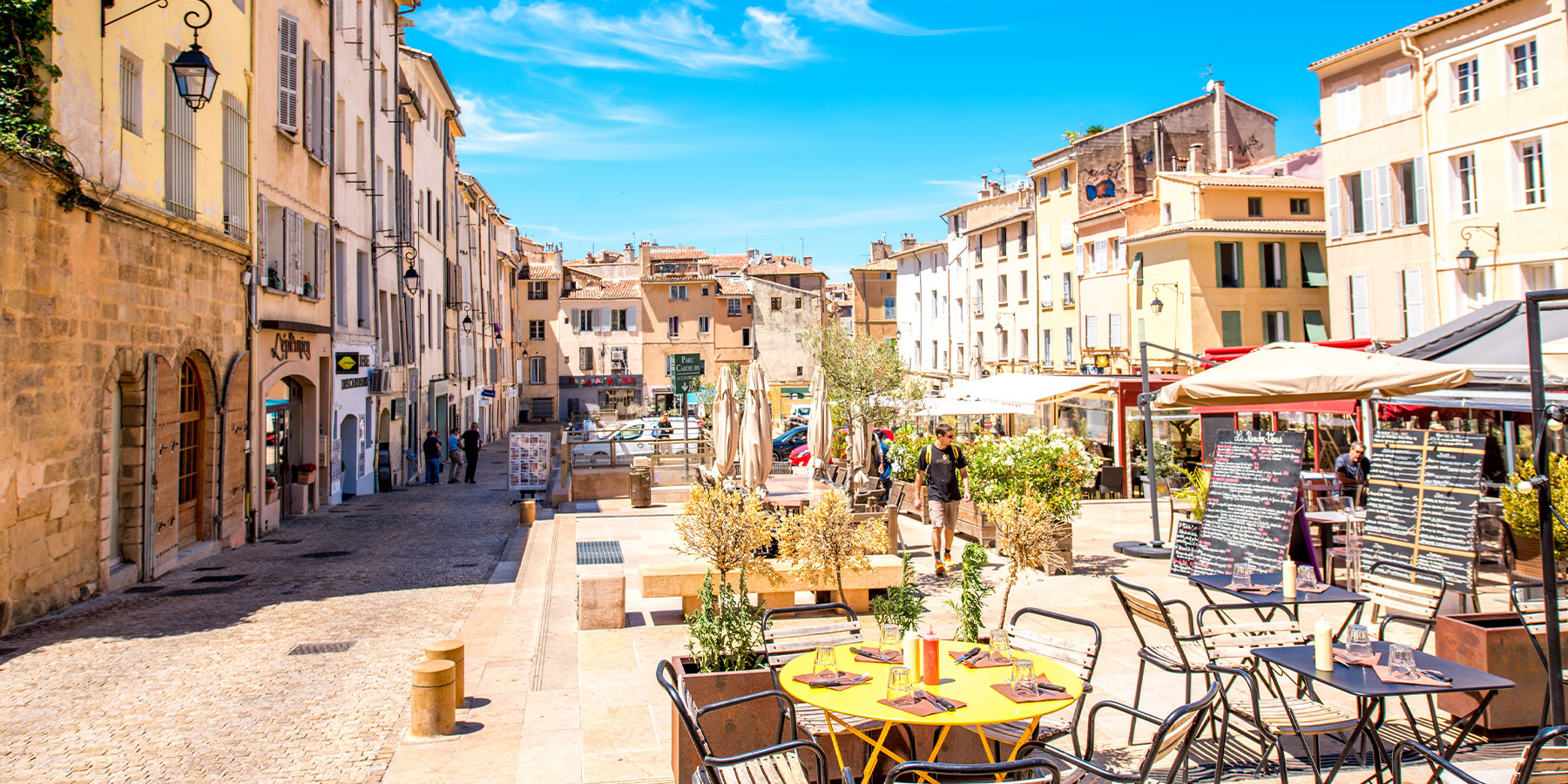


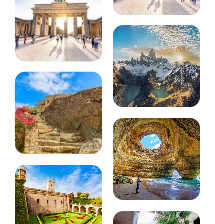

Comments